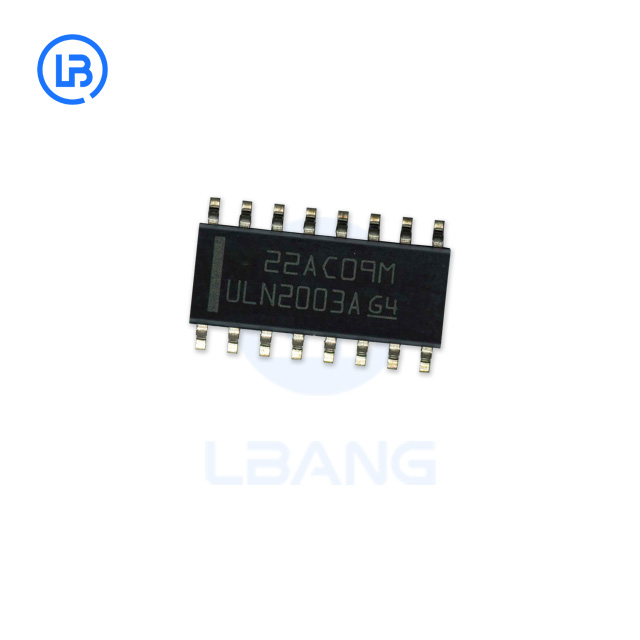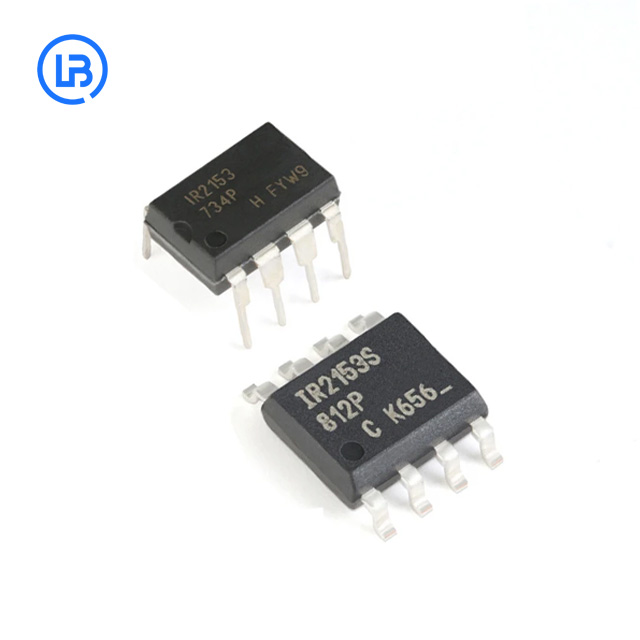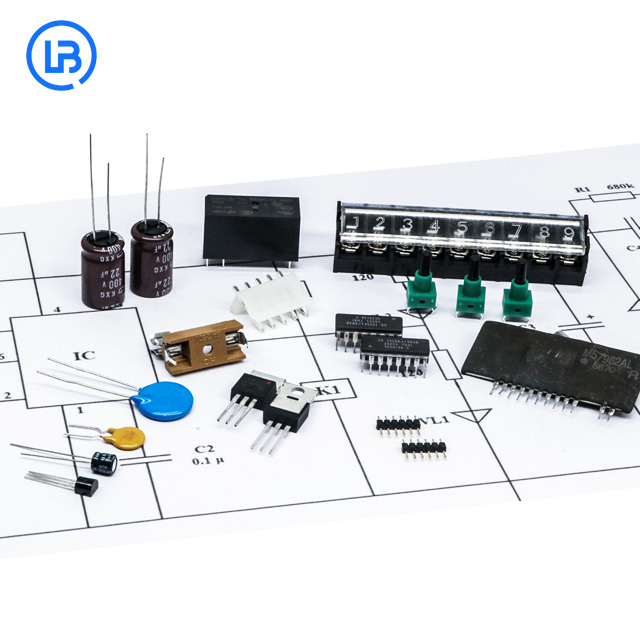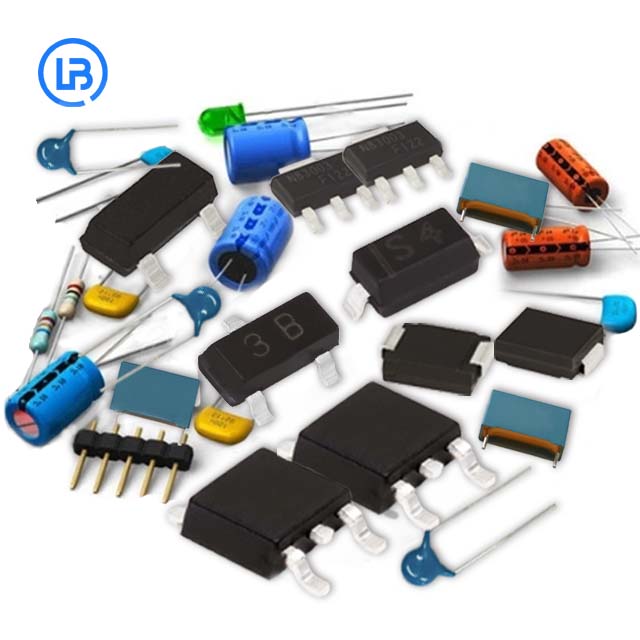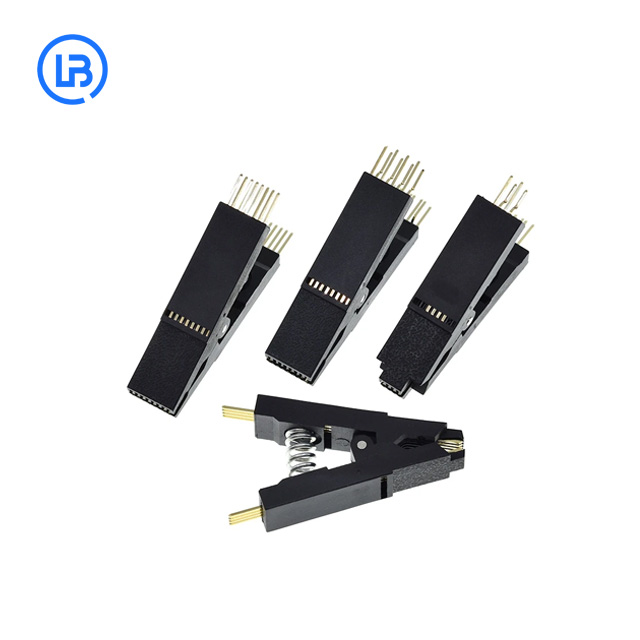
Passive Device
Passive Device
Passive components are electronic devices that do not require an external power source to operate. These components, such as resistors, capacitors, inductors, and transformers, perform essential functions in electronic circuits. Resistors control the flow of current, capacitors store electrical energy, inductors oppose changes in current, and transformers convert voltages from one level to another. Passive components play a vital role in stabilizing circuits, filtering noise, and matching impedance levels. They are also used to shape signals and manage power distribution within electronic systems. Passive components are reliable and durable, making them an essential part of any electronic circuit design.
- Application: They play an indispensable role in power management, wireless communication, automotive electronics, industrial automation and other fields.
- Provide brands: LUBANG partners with a number of industry renowned manufacturers to provide you with high-quality passive components, Brands include AVX, Bourns, Cornell Dubilier, Kemet, KOA, Murata, Nichicon, TDK, TE Connectivity, TT electronics, Vishay, Yageo and others.
Product Comparison

GRM31BR73A152KW01L
1206 (3.2mm x 1.6mm)
1.5nF
1kV
±10%
X7R (-55°C to +125°C)
Varies with frequency and capacitance
Specified in datasheet
Specified in datasheet
Specified in datasheet
Specified in datasheet
vs
vs
Package Size
Capacitance
Rated Voltage
Tolerance
Temperature Coefficient
ESR (Equivalent Series Resistance)
Leakage Current
Insulation Resistance
Operating Temperature Range
Lifetime

GRM43DR72J104KW01L
1812 (4.5mm x 3.2mm)
100nF
630V
±10%
X7R (-55°C to +125°C)
Varies with frequency and capacitance
Specified in datasheet
Specified in datasheet
Specified in datasheet
Specified in datasheet
Product Description
| Number of floors | Multi-layer structure design, can be customized according to demand |
| Materials | High quality insulating materials, such as polyimide, glass fiber, etc |
| Plate thickness | Wide range, can be selected according to application requirements |
| Copper thickness | High purity copper material with adjustable thickness |
| Minimum cable width/spacing | Fine line design, micron level |
| Minimum hole size | Advanced drilling technology to achieve small aperture |
| Aspect ratio | Excellent aspect ratio to meet complex circuit layout |
| Maximum plate size | Available in different sizes according to customer requirements |
| Product advantage | High reliability, long life, low loss, etc |
-

Phone
-

E-mail
-

Whatsapp
WhatsApp
-

Top

